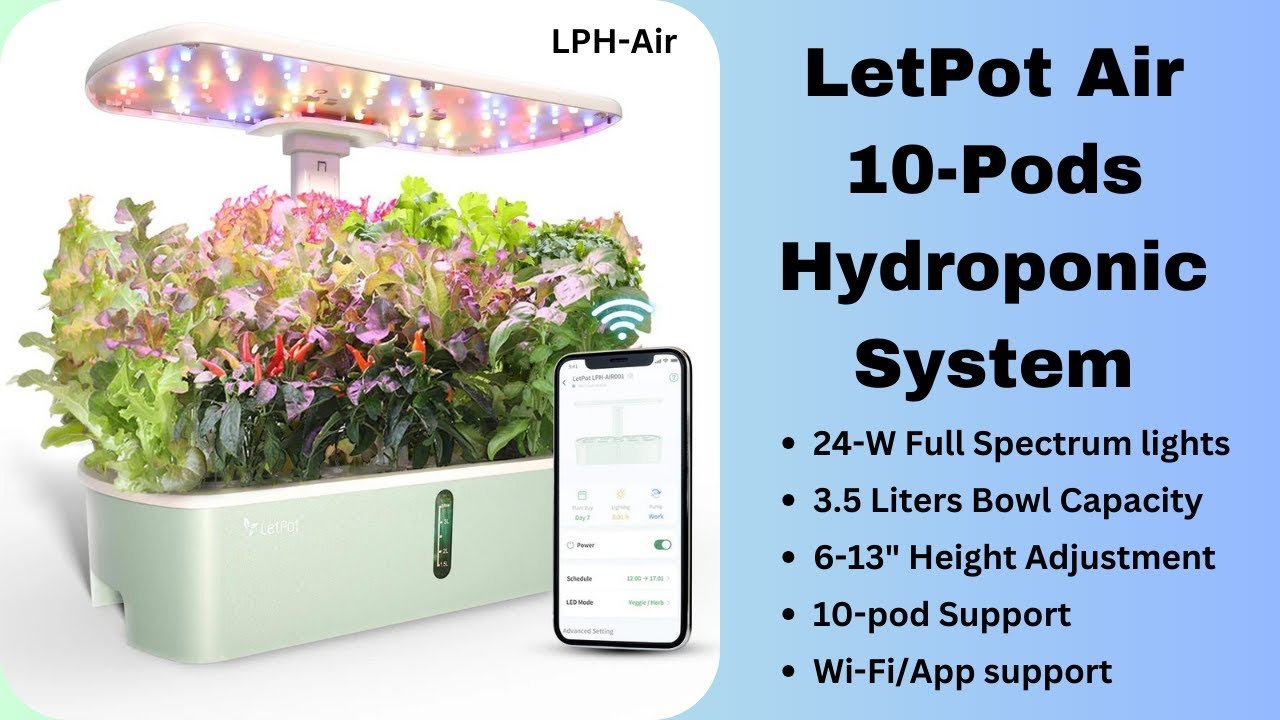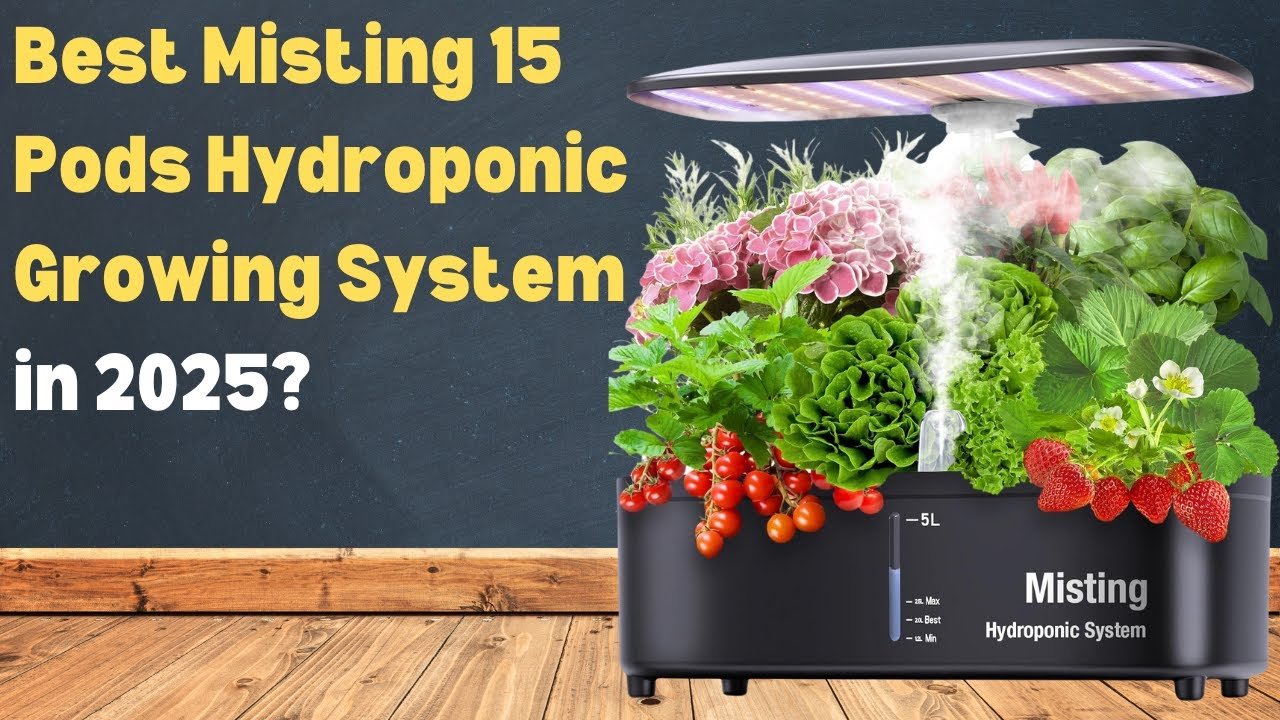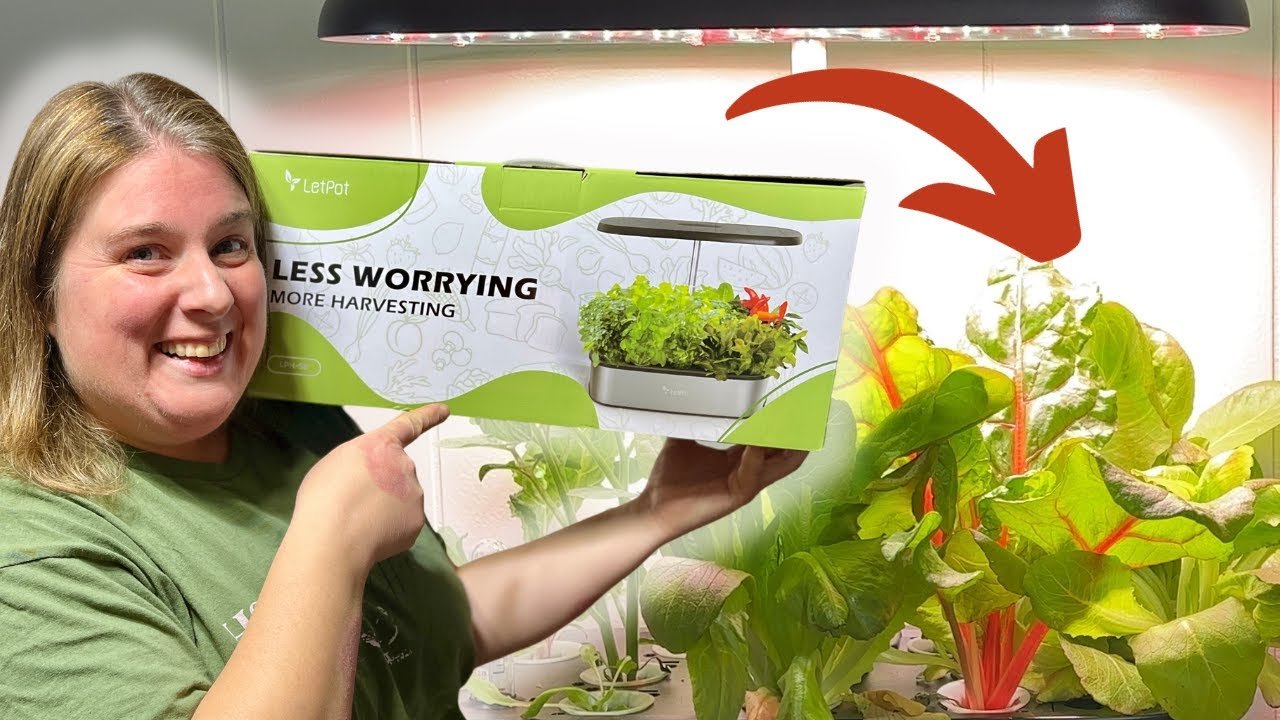The Great Backyard Aquaponics Adventure
It started one Saturday afternoon as I sat on my porch sipping a cup of coffee, watching the neighbor mow his lawn. I’d grown tired of the usual gardening routine—digging, planting, weeding, and praying for rain. I wanted to do something exciting, something different. Maybe it was the warm sunshine coaxing inspiration from my imagination, or perhaps it was just the boredom of small-town life seeping in. But whatever it was, it led me down a rabbit hole of googling. And that’s where the idea of setting up an aquaponics system bloomed.
Now, let me clarify—I had no prior experience with aquaponics, whatsoever. The thought of raising fish and growing vegetables in a self-sustained ecosystem felt like magic, but in my gut, I also sensed I might be conjuring up trouble.
Planning the Project
So there I was, armed with nothing but a few online tutorials and a bit of reckless enthusiasm. I stormed into my shed like a kid in a candy store. The daylight poured through the window as I rummaged through a mountain of old gardening tools and discarded DIY projects. I pulled out a broken rain barrel, some plastic tubs, and even an old aquarium I had completely forgotten about. “Perfect!” I thought, convinced I was a resourceful genius.
I didn’t think too much about the number of fish I’d eventually need until I was standing in the pet store, staring at those colorful little creatures swimming around like they owned the place. I settled on goldfish for a couple of reasons. First, they were cheap. Second, they could survive in less-than-ideal waters if things went sideways (which I assumed they might).
Oh, boy, was that an understatement.
The Setup
Fast forward to the next weekend, and I had everything laid out. The plastic tub connected to the old aquarium via a small pump I found in the shed, with some tubing that looked older than me. I had learned the basics of the nitrogen cycle and set up the system with excitement descending into a slight madness.
I’ll spare you the technical jargon, as I didn’t really grasp it myself at the time either. My setup consisted primarily of some old PVC piping, missing connectors, and far too much duct tape. Somehow, it was all connected, and the water flowed—at least for a little while.
But then, I thought I’d nailed it. Everything looked promising, I added the goldfish to the aquarium, and the water, at that moment, sparkled. I was personally proud; I could almost hear the garden gnome in the corner cheering me on.
The Off-Flavors of Reality
However, as the days rolled on, I noticed something unusual. The water started turning green—a troubling shade reminiscent of an old algae soup. The smell became… well, let’s just say it wasn’t fresh. More like a funky blend of rotting seaweed and a hint of something distinctly uninviting. I was immediately thrown headfirst into a wave of panic. Had I killed my fish already, or was this just the natural rhythm of my burgeoning ecosystem?
I grabbed a coffee and plopped down beside the setup, watching the fish dart around nervously. It didn’t take long for me to realize that I needed to figure things out quickly or find new fish to replace the ones that might join their ancestors. I did what anyone would do—I hit the internet again, diving into forums full of nerdy aquaponics enthusiasts.
Lessons Learned the Fishy Way
After countless late-night entries into forums and a serious reduction in my coffee intake from all the stress, I learned about balancing pH levels and the importance of an ammonia filter. Who knew that keeping fish could be such a chemistry project?
In a mad race against time and potential dead fish floating around, I put together a mixture from a local garden center that promised to balance things out. I can still hear the gurgling of the water and smell that mixed scent of soil and sea while wondering if adding store-bought bacterium was actually going to fix my mess. Somehow, it did.
What was more surprising was how much I learned just by watching my fish—specifically how they reacted to the water conditions. If they were swimming lazily, I was doing something wrong; if they were frantically swimming in circles, something was terribly awry.
Triumphs and Challenges
Eventually, after weeks of trial and error, I managed to create a happy little abode for my fish, and the greens started growing. Lettuce and basil sprouted, looking greener and perkier than I could’ve hoped. There was a moment—a small one—when I thought my backyard would someday shine as a beacon of sustainability.
Of course, setbacks weren’t over. I lost a few fish along the way (poor little guys) and even had to wrestle with the horrors of a raccoon that decided my sanctuary was a buffet. After blocking the entry holes with an array of junk I found in the shed (thank you, old bed frame), I finally felt some peace.
The Humanity of It All
Looking back, that summer turned into a chaotic but rewarding journey. It wasn’t just about fish and veggies but learning persistence and the beauty of nature’s unpredictability. I learned to accept that things can—and will—go wrong.
Aquaponics brings its share of heartache alongside its delights, reminding us of the delicate balance in creating life. If you’re thinking about diving into your own setup, don’t worry about getting it perfect. Just start. You’ll figure it out as you go. As I always like to say, experience is the best teacher, even if the lessons come with lost fish and a bit of green water.
So, what are you waiting for? Dive into your own backyard adventure and see where it might lead. And if you want to dive deeper into the world of aquaponics alongside others without the headache of navigating it alone, join our next session! Reserve your seat here!







Leave a Reply